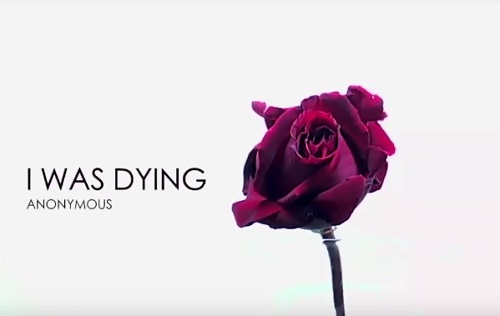I Was Dying … First, I was dying to finish high school and start college. And then, I was dying to finish college and start working. And then, I was dying to fall in love… I was dying to make some people my priority… And then, I was dying to marry and have children. And then, I was dying for my children to grow old enough for school. And then, I was dying to retire. And now, I am dying... and suddenly, I realized that in this process of ‘Dying Before Death’ I forgot to LIVE ... I realized that The real question is not whether life exists after death, The real question is Are You Alive Before Death ???
Popular posts from this blog
Medical Imaging Techniques
Medical imaging is the technique and process of creating visual representations of the interior of a body for clinical analysis and medical intervention, as well as visual representation of the function of some organs or tissues ( physiology ). PET Scan ( Positron Emission Tomography Scan) A PET scan creates 3D images of the body, it does so by using Radioactive tracers which are administered to a patient through intravenous injection. The tracers are made up of molecules that are tightly bonded to radioactive atom called an isotope. These carrier molecule interact with the specific proteins or sugars inside patient’s body. The carrier molecules that will be used totally depend on what the doctor is looking for. If she suspects growth of cancer tissue, she may use FDG , a modified form of glucose. When tissues absorb a lot of glucose, it may indicate a growth of cancerous tumour. The isotope produces small partic...
Story So Far
#StorySoFar I am a TE Instrumentation student and now I greatly appreciate this course because Instrumentation is an endless field, everyday I learn something new here. Let me introduce you all about my journey till now... Before I chose Instrumentation as a career option Like other students, I was very confused about my career. I was the topper of my school, topper in extra-curricular activities but still I didn’t know what to do in future. Everybody in my friend circle was dreaming about being an engineer and so I also told my parents that I am choosing engineering for life. But after releasing “Taare Zameen Par” movie, all of my friends immediately changed their decisions. But my parents always wanted me to be an engineer, they wanted me to do engineering not under any pressure but from the bottom of my heart. And hence they started making me curious about each and everything, how any simplest instrument in daily life is made, how does it work, is there any solution fo...




Comments
Post a Comment